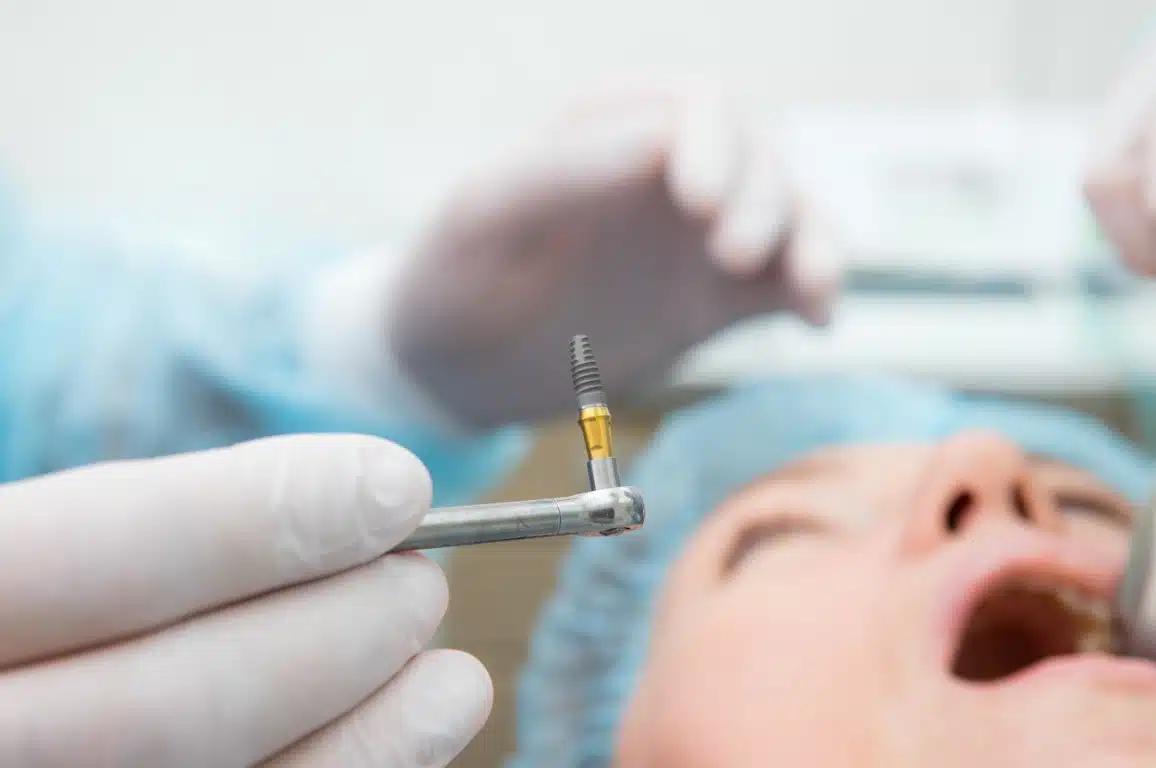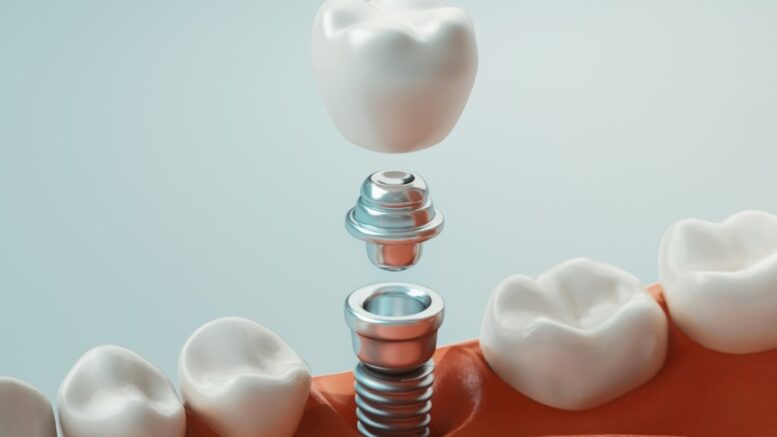Dental implants vary depending on the type of implant and your jawbone’s condition. The process involves five steps, as discussed below. After undergoing a dental implant, it will take several months to heal – the bones around the implant must heal tightly.
However, not all dental implant procedures are successful. There are risks associated with the process, including infection of the implant, nerve damage, and damage to surrounding structures. Read through to learn more.
The Process
A dental implant involves the following steps.
Evaluation
A dental implant starts with an evaluation to ascertain if your jawbone will maintain the implant. A bone graft is recommended for a thin or soft jawbone before the implant. The evaluation also determines if you have periodontal diseases.
Placing the Implant
The gum is cut to expose the underneath jawbone for an endosteal implant. Holes are then drilled into the bones to allow for the insertion of the implant post. You can insert temporary removable dentures on the gaps as you wait for the placement of the permanent teeth or leave them as they are until the permanent teeth are inserted into the implants.
However, if you choose a subperiosteal implant, you won’t need to drill your jawbone. Instead, the implant post is placed on or above the bone.
Expect some discomfort after undergoing this step. No worries, though; the discomfort goes away after a few days.
Osseointegration
Osseointegration occurs after two to six months after placing the dental implant. This involves the growth of enough bone around the screw of your implant. During this process, the natural jawbone strengthens and grows around the dental implant, keeping it firmly in place.
Abutment Placement
An abument is a metal extender that is added to the implant. You can place an abutment during the initial procedure or go to an anesthetic for a minor procedure. This metal extender connects the replacement tooth to the implant.
Note that if you place the abutment during the second procedure, the surgeon must make an incision if gum tissue has grown over the implant. While undergoing this step, the healing cap placed over the implant is removed to allow the abutment to be screwed onto the dental implant. After placing the abutment, the gums will take several weeks to heal.
Placing the Tooth
After your gums heal, the dentist places your permanent teeth, either removable or fixed. The dentist takes impressions of your teeth to fit the replacement ones.
Fixed replacement teeth are screwed or cemented onto the abutment, while removable replacement teeth are mounted onto a metal frame attached to the abutment. The latter option allows you to remove the teeth for daily cleaning.

After placing the teeth, take your time and inform your dentist if you bleed, have discomfort, or experience severe pain.
Risks Involved
Risks associated with dental implants are rare but can occur. Fortunately, they are minor and easily treatable. The following are the common risks.
- Infection around the implant.
- Damage to surrounding structures like blood vessels
- Nerve damage, which may lead to numbness or pain.
- Sinus problems, especially when the upper jaw’s dental implants protrude into the sinus cavities.
- Implant failure whereby it becomes loose or infected.
- Peri-implantitis may be a result of poor oral hygiene.
Conclusion
Dental implants are beneficial and go through a procedure. Risks may occur, but you shouldn’t shy off as it is worth it. However, you shouldn’t opt for a dental implant if you have had radiation therapy on your head or neck, have leukemia, or smoke.
